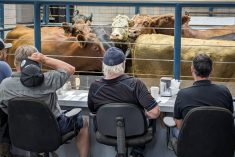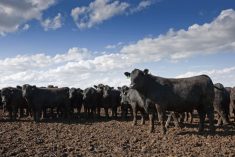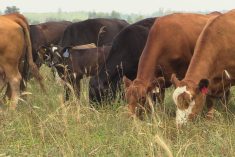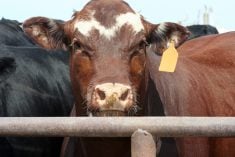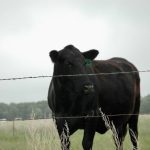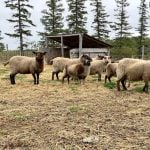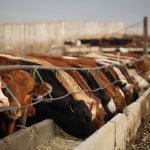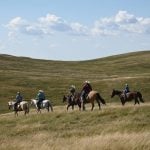Compared to last week, yearlings and heavier calves traded $6 to as much as $10 lower. Colder temperatures, along with lacklustre feedlot demand, set a negative tone early in the week. The downward spiral caused the market to be quite variable across the Prairies. It was not uncommon to see 800- to 850-lb. steers trade in the range of $175-$185. While the cold weather has shaved fleshy conditions off most feeder cattle, buyers were finicky on quality features, adding to the variable price structure.
All cattle producers are coming to terms with the significant tax influence over the past month. The healthy margins throughout 2017 caused a huge surge in feedlot demand during November and December. At the same time, the cow-calf producer held off on sales, waiting for the New Year. We now find larger-than-expected supplies coming onstream while feedlot operators are sharpening their pencils. Buyers are basing purchases on forward contracts for live cattle and the feeder market has some work to do.
Read Also
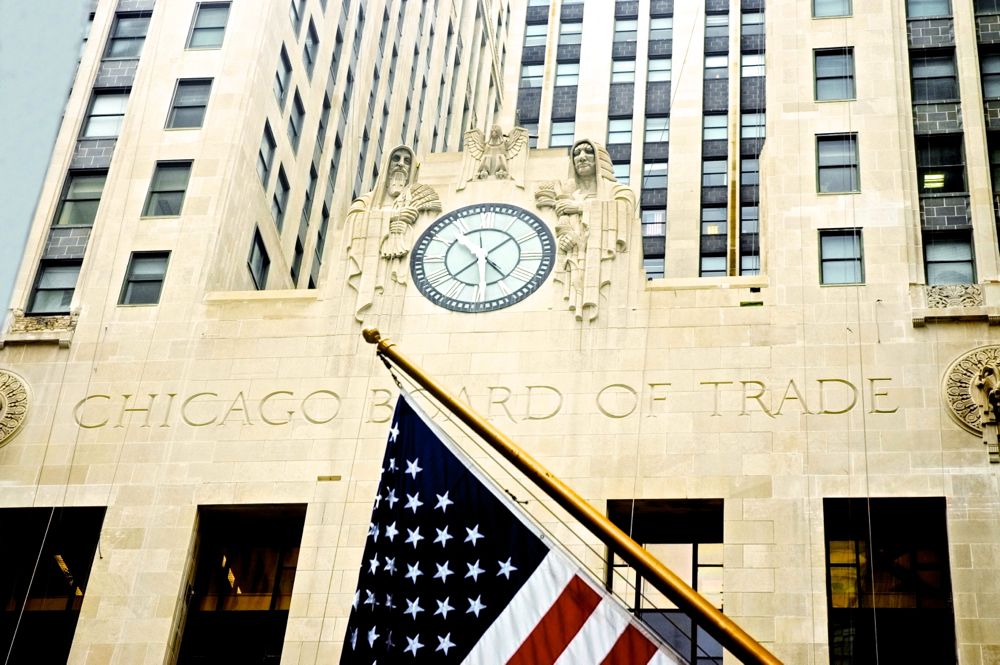
U.S. grains: CBOT soybeans, corn, wheat fall in USDA data aftermath
Chicago grains took a dive on Friday, following a closely watched U.S. government crop report and the release of export data that could provide clues into Chinese buying.
In east-central Saskatchewan, a group of black medium-frame steers weighing 935 lbs. traded for $170; however, in central Alberta, medium-frame Simmental mixed steers weighing 958 lbs. traded for $184. Simmental steers weighing 835 lbs. traded for $176 in east-central Alberta.
Lighter weight categories under 700 lbs. traded $3-$5 below week-ago levels. Red mixed steers weighing 575 lbs. were quoted at $220 landed in southern Alberta feedlot, while larger-frame 600-lb. red mixed heifers were quoted at $193.
Alberta packers were buying fed cattle on a dressed basis in the range of $272-$276 delivered; this is down from last week’s price range of $275-$280. Live sales were quoted from $163 to $165. The U.S. fed cattle market traded at US$123 in Kansas, up $3 from last week. This should lend a supportive tone to the feeder complex. Alberta feedlot margins are in the range of $120-$140 per head, but operators are content with current numbers and don’t need to reload just yet.
— Jerry Klassen manages the Canadian office of Swiss-based grain trader GAP SA Grains and Produits Ltd. and is president and founder of Resilient Capital, specializing in proprietary commodity futures trading and market analysis. Jerry consults with feedlots on risk management and writes a weekly cattle market commentary. He can be reached at 204-504-8339.






